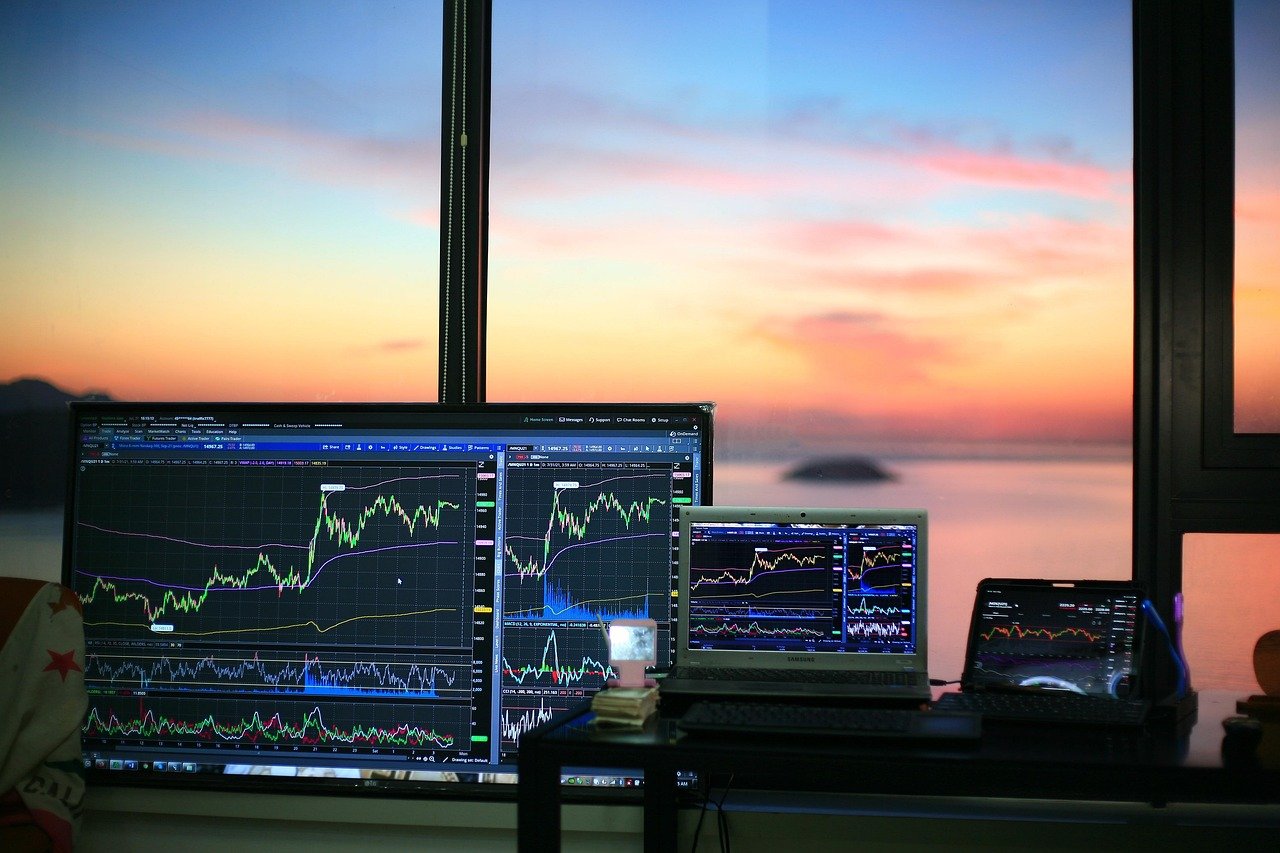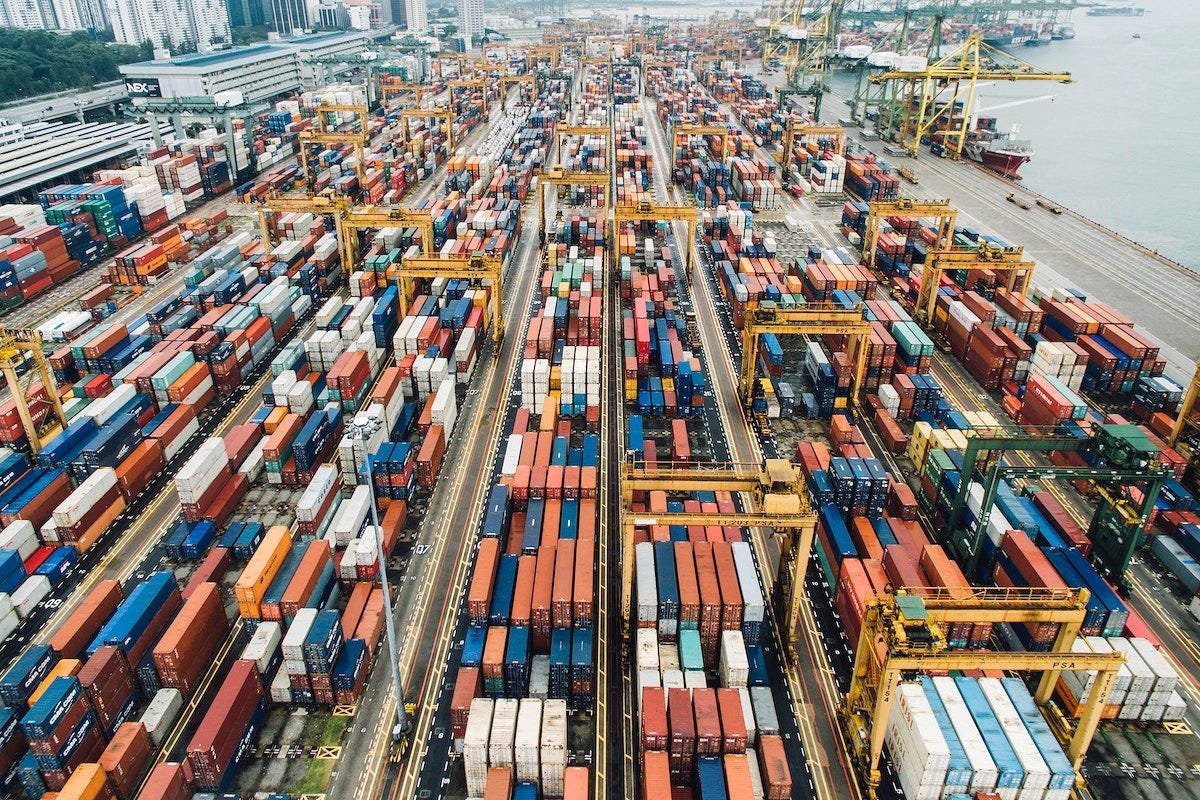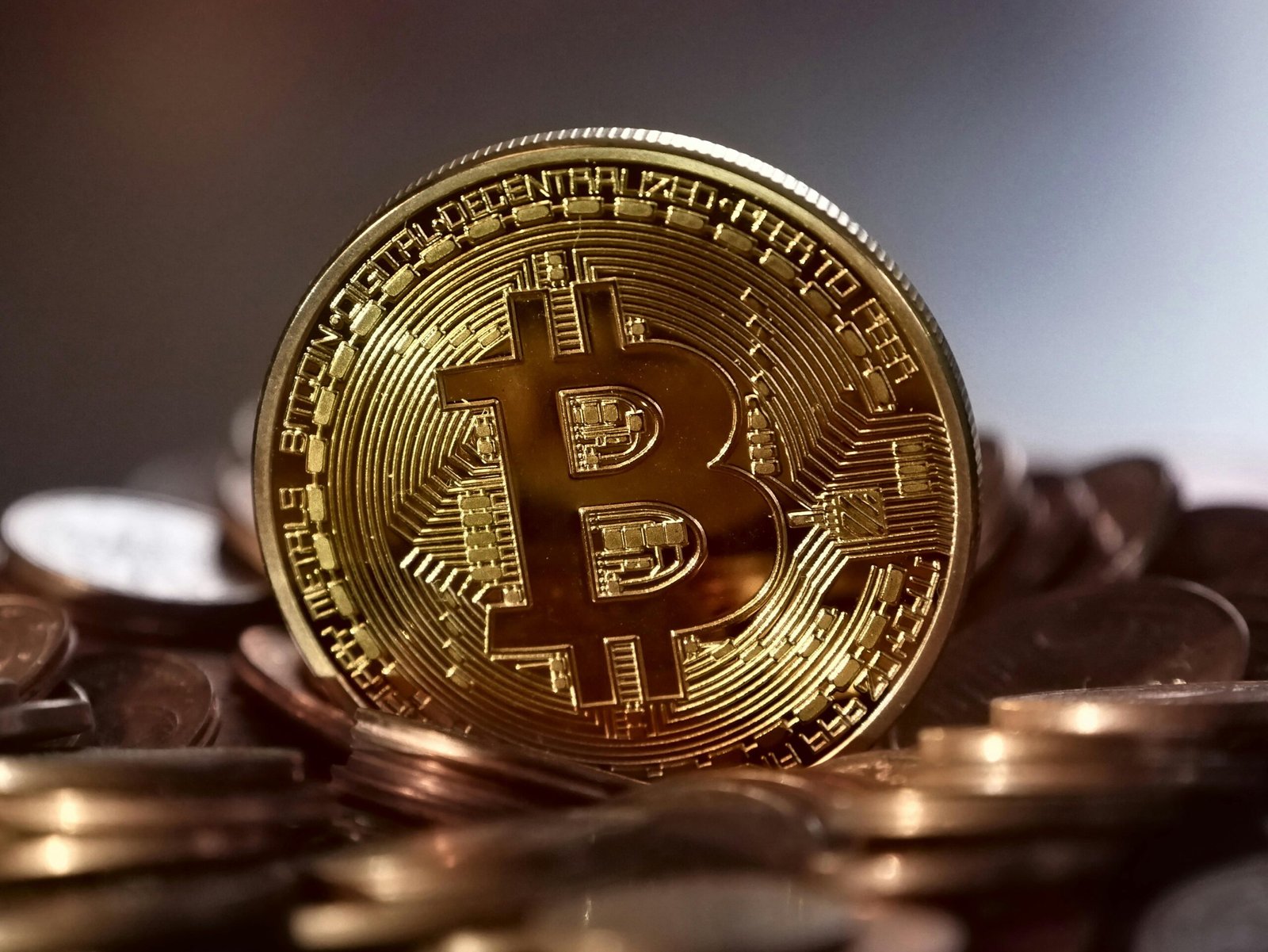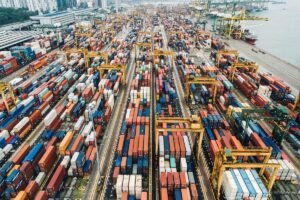Japan’s Land Prices Soar, Highest Since 1992
- Japan’s land prices have surged, marking the sharpest increase since 1992, driven by foreign investment and actual demand.
- Commercial and residential sectors have seen similar trends, with prices increasing for the third straight year.
- Despite the overall growth, regional disparities exist, with areas like Central Japan’s Noto region experiencing a price drop due to natural disasters.
- The Meidi-ya Ginza commercial building site in Tokyo fetched the highest price per square meter, highlighting the premium investors are willing to pay for prime real estate.
Japan’s land prices have seen a significant surge, marking the third consecutive year of increase and the sharpest advance since 1992, according to government data. The average overall price of land in Japan rose 1.4 percent from a year earlier as of July 1. This increase is primarily attributed to foreign investment due to the weak yen and actual demand, as per the Ministry of Land, Infrastructure, Transport and Tourism.
The commercial and residential sectors have also seen a similar trend. Commercial land prices jumped 2.4 percent, and residential land prices rose 0.9 percent, both marking the third straight year of increase and the sharpest pace since 1992. This was the year when land prices plummeted as the country’s asset-inflated economic bubble burst.
The ministry report stated, Unlike the short-term buying and selling during the bubble period, prices are steadily increasing, reflecting actual demand. This statement indicates a shift from speculative buying to a more demand-driven market, a positive sign for the economy.
Market Recovery and Regional Disparities
The market has been on an upward trend, recovering from the financial crisis triggered by the collapse of Lehman Brothers Holdings Inc and the coronavirus pandemic. This recovery and subsequent growth are a testament to the resilience of Japan’s real estate market.
However, the report also highlighted some areas of concern. Central Japan’s Noto region, still reeling from an earthquake that struck on New Year’s Day, saw a significant price drop. This event underscores the vulnerability of real estate prices to natural disasters, a risk factor that investors need to consider.
In contrast, prices increased significantly across the board in Japan’s three largest urban areas centered on the cities of Tokyo, Osaka, and Nagoya. Residential prices climbed for the third consecutive year, and prices of land for commercial use increased for the 12th straight year.
Regional Growth and Top Performers
In regional areas of Japan, residential land prices rose 0.1 percent, commercial-use land prices rose 0.9 percent, and land prices overall grew 0.4 percent. This growth in regional areas indicates a broad-based recovery and growth in the real estate market, not just confined to the urban centers.
The price increases were not uniform across all prefectures. Prices for residential land increased in 17 of Japan’s 47 prefectures. Commercial land prices, which are easily influenced by growth in inbound tourism, rose in 28 prefectures.
The Meidi-ya Ginza commercial building site in Tokyo’s Ginza shopping district fetched the highest price per square meter of 42.1 million yen ($300,000), topping the list for the 19th consecutive year. This record price underscores the premium that investors are willing to pay for prime real estate in Japan’s top shopping district.
In conclusion, Japan’s land prices are on an upward trend, driven by foreign investment and actual demand. While there are regional variations and some areas of concern, the overall picture is one of recovery and growth. The resilience of Japan’s real estate market, as evidenced by its recovery from the financial crisis and the pandemic, bodes well for its future. The current trend in land prices in Japan is reminiscent of the early 1990s when land prices were on an upward trajectory before the economic bubble burst. However, the current increase appears to be more sustainable, driven by actual demand and foreign investment, rather than speculative buying.














Post Comment